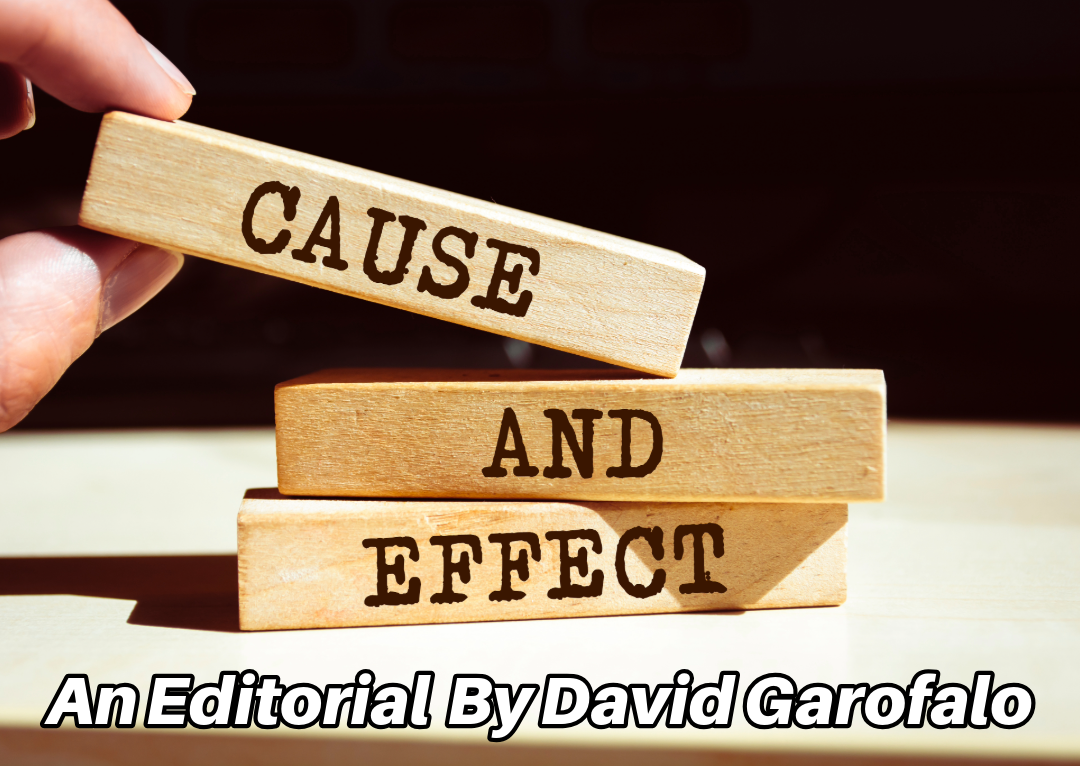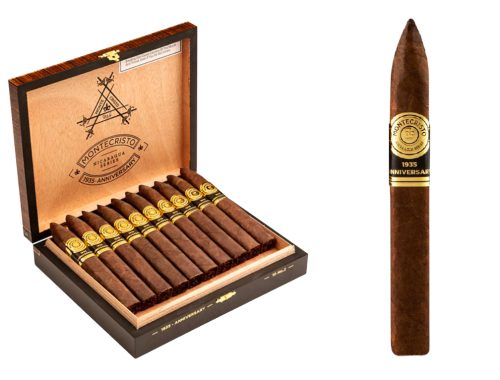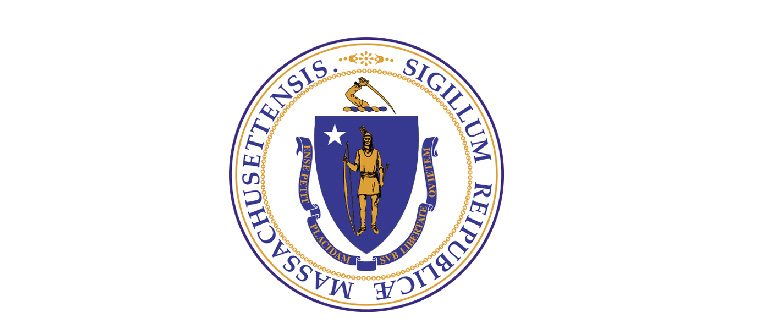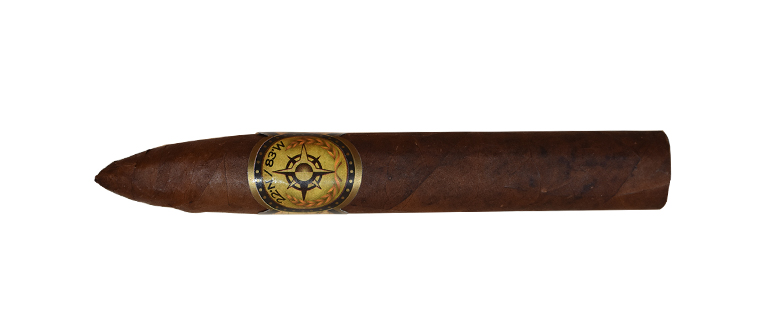The Cigar Industry: Balancing Cause and Effect
An Editorial by David Garofalo
In the complex web of the cigar industry, cause and effect play a pivotal role, shaping the landscape and influencing trends. Newton’s Third Law of Motion, which suggests that every action has an equal and opposite reaction, finds significance in the dynamics of today’s cigar marketplace.
The recent disruptions in the cigar industry, characterized by soaring prices can be studied through the lens of cause and effect. A multiple of factors, including the Covid-19 pandemic, corporate greed, and market dynamics, have contributed to the current state of affairs.
The Covid-19 pandemic of 2020 and 2021disrupted global supply chains, leading to shortages in imported cigars in the United States. With leisure activities decreased and disposable incomes redirected, there was a surge in cigar consumption, driving up demand. However, sluggish shipping compounded the scarcity, prompting price hikes across the board. Simultaneously, government stimulus packages injected liquidity into the market, fostering an environment ripe for inflationary pressures.
Greed, a driving force in capitalism, further worsened the situation. Manufacturers, sensing an opportunity to capitalize on increased demand, seized the moment to inflate prices. The rationale was simple: sell less but charge more, a strategy embraced across the industry. Rising costs provided additional ground for price hikes, with little regard for market stability.
The last factor was proof of concept. It started with Cuban cigars becoming extremely pricey, with brands like Behike selling for hundreds of dollars per cigar. The new rise of ultra-premium cigars in the United States was started by Atabey Cigars, priced at $20 to $30 per cigar, which surprised many with its success. Atabey’s unique selling point was its post-rolled aging process along with elegant packaging. Then other manufacturers sought entry into this elite circle of luxury brands like Davidoff, Padron, Opus X, and Atabey, believing enhanced packaging alone would suffice. Yet, the consumer response was swift, as they observed little difference between these brands’ core offerings and their new inflated-priced counterparts, leading to a backlash within the market.
As the industry grapples with the fallout of its pricing strategy, a correction shift is underway. Cuban cigars, once the essence of luxury, have taken another major price increase and produce now far less cigars. Internationally Cuban cigars face dwindling demand and market relevance. The superiority of New World cigars, characterized by affordability and quality, signals a shift in consumer preferences around the world.
The recent Premium Cigar Trade Show witnessed what I refer to as “The Micallef Effect” as a resurgence of cigars priced under $10, signaling a recalibration in the industry’s pricing strategy.
Micallef Cigars, a relatively new company which began in 2016 began with 13 varieties of cigars, one priced as high as $42. Last year, with rising costs but a change in the industry, they released Micallef Black at $7 to $8 per cigar. The success of that cigar was so overwhelming, it was their most successful launch in 8 years, so they released Micallef Blue at this years PCA Cigar Trade Show and expect to release Micallef Red later this year all priced between $7 to $8 per cigar. At the same time, you couldn’t help but notice lots of brands who came out with $20 plus cigars in the past few years introducing their new under $10 offering, taking a page out of Micallef’s success. We saw this exact thing happen in 2009 when SCHIP was signed into law adding a federal tax on cigars in the United States. Prices soared, except for a small company at that time called Perdomo. Instead of raising prices, they lowered them and had tremendous growth to this day.
In essence, the cigar industry’s path is a testament to the interaction of cause and effect. From the issues of the Covid-19 pandemic to the influence of greed, each factor has left an indelible mark on the cigar market landscape. As stakeholders navigate this complex terrain, a delicate balance lies between profitability and consumer welfare.
Cigars are a luxury item that a consumer may want, but doesn’t need, so keeping prices reasonable is important to the overall success of the industry. “Bulls make money, bears make money, pigs get slaughtered” is an old investment industry saying that warns against being excessively greedy.




